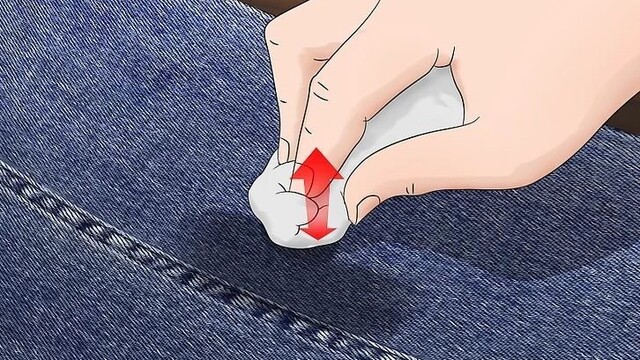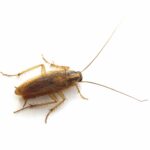Quick and Effective Tips for Handling Oil Stains
Dealing with oil stains promptly and effectively involves adopting various methods, especially for stubborn stains that persist even after washing. To efficiently eliminate these stains, consider the following practical tips:
Dish Detergent on Wet Stains:
One of the most well-known tips is applying dish detergent to the oil-drenched area. Dishwashing soap, with its oil-dissolving properties, rapidly infiltrates and breaks down the oil components, allowing for swift removal. After this process, a quick wash helps eliminate the stain from fabrics, making it a lifesaver for those wondering, “How to remove oil stains from clothes?”
Cornstarch for Woolen Surfaces:
Woolen surfaces tend to retain stains, making them challenging to clean. Cornstarch is commonly employed to absorb the oil from woolen surfaces, preventing the formation of extensive and persistent stains. It’s particularly useful for addressing questions like, “How to remove oil stains from wool carpets?”
Ether Application on Synthetic Fabrics:
Synthetic fabrics, known for their high oil absorption, present a challenge when it comes to stain removal. Applying ether, a volatile substance, proves effective in swiftly eliminating oil stains from synthetic fabrics. Whether dealing with “How to remove oil stains from a jacket?” or similar queries, gently rubbing the area with a cloth soaked in ether is sufficient for stain removal.
Natural Methods for Oil Stain Removal:
For those avoiding chemical abrasion or wear and tear on fabrics, natural methods offer viable solutions. Techniques such as sprinkling baking soda, applying ice to freeze the oil before scraping, using a sponge with vinegar, or soaking the stained area with hot water and mild soap provide effective results. Employing these methods ensures the removal of oil or cosmetic stains without compromising the fabric.
Tips for Removing Set-In Oil Stains:
Handling dried oil requires specific attention and some key points to remember:
- Use Specialized Oil Removers: Utilize oil-removing sprays designed for effectively tackling the toughest oil residues. These products are especially helpful for walls and surfaces, addressing questions like, “How to remove oil stains from walls?”
- Avoid Abrasive Chemicals: Refrain from using harsh chemicals like acetone that may damage the fabric irreversibly. Opt for gentle yet potent cleaning agents to prevent further harm.
- Timely Intervention: Act promptly and avoid letting the oil dry before attempting to remove it. Waiting for the oil to set makes the stain removal process more challenging.
Common Mistakes to Avoid:
When attempting to remove oil stains, steer clear of common errors that can exacerbate the situation:
- Using Abrasive Chemicals: Applying chemicals with abrasive properties can cause irreversible damage to the fabric.
- Delayed Intervention: Waiting for the oil to dry before attempting to remove it makes the process more challenging.
- Vigorous Scrubbing: Avoid vigorous and harsh scrubbing, as it may spread the oil over a larger area and cause additional damage to the fabric.
Conclusion: Successfully removing oil stains involves choosing the right method based on the fabric, surface, and stain depth. Whether applying natural remedies or specialized cleaning agents, it’s crucial to act promptly and avoid common mistakes to ensure effective stain removal without compromising the integrity of the material.










